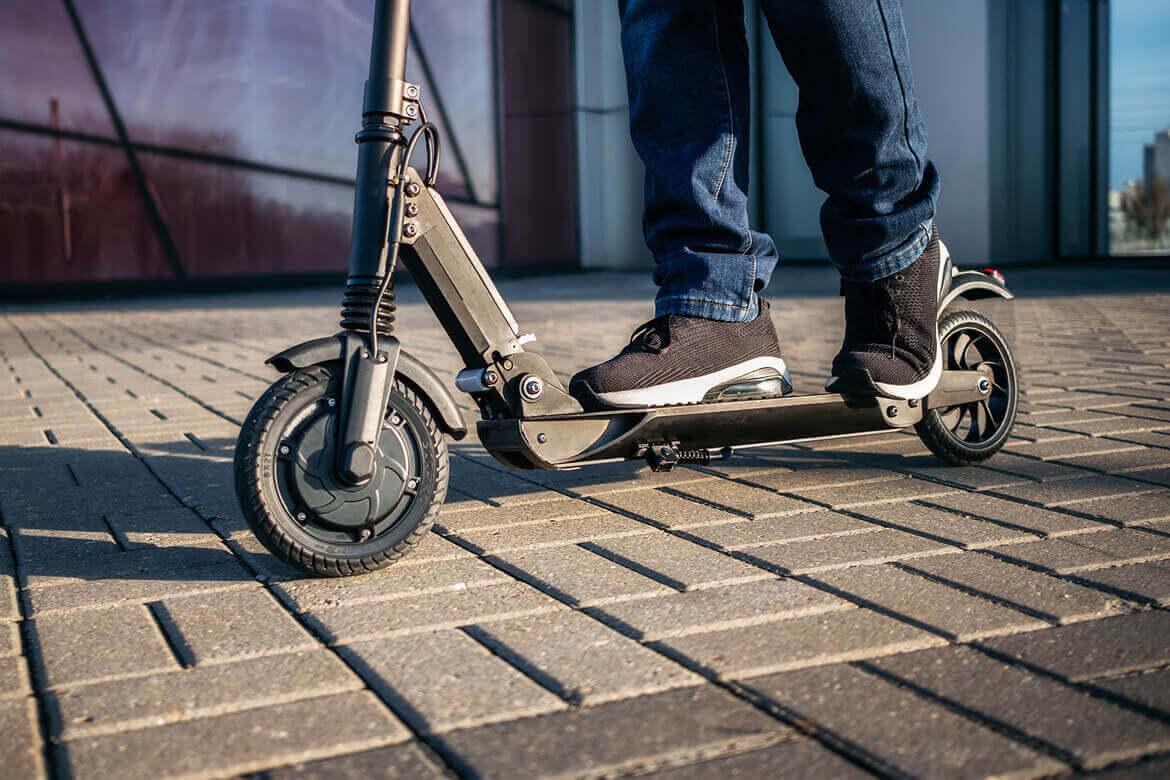What is a discectomy?
A discectomy is a spinal surgery to treat a slipped (herniated) disc. To relieve pressure caused by a slipped disc, your doctor may remove:
- Part of your slipped disc
- Your entire slipped disc
If the entire disc must be removed, it can be replaced by another piece of bone or an interbody cage. An interbody cage is a hollow cylinder that is typically filled with bone fragments. It enables 2 vertebrae to grow through the holes and fuse together.
Types of discectomy
In general, there are 5 types of discectomy:
Lumbar discectomy
Lumbar discectomy removes part of the herniated disc to relieve pressure on the nerve. The procedure is performed on the lower back (lumbar spine) and can be an open surgery or minimally invasive 'keyhole' surgery.
Posterior cervical discectomy
Performed on the neck area, a cervical discectomy is used to remove a disc from the cervical spine. This procedure often fuses 2 cervical vertebrae with an implant or artificial disc.
Anterior cervical discectomy
Similar to a cervical discectomy, an anterior cervical discectomy removes a disc from the cervical spine. Instead of accessing the area through the back, this procedure accesses the spine through the throat area instead.
Microendoscopic discectomy
Microendoscopic discectomy is a minimally invasive procedure that uses small incisions to perform a discectomy. In contrast, 'open' surgeries use larger incisions to view and treat the area directly. Larger incisions enable improved exposure of the affected disc directly.
Discectomy fusion
A discectomy fusion connects 2 vertebrae into a single piece of bone. This procedure may use interbody cages or bones.
Why do you need a discectomy?
Discectomy is an option if non-surgical alternatives such as physiotherapy, exercise and anti-inflammatory medicines are unsuccessful.
What are the risks and complications of a discectomy?
This procedure is generally considered safe and effective. Like all surgical procedures, however, there are some general risks, such as:
- Infection
- Blood clots
- Excessive bleeding
- Allergic reaction to anaesthesia
In a discectomy, the risks also include damage to the nerves in the spine or spinal fluid leakage.
How do you prepare for a discectomy?
Before the operation, your doctor will review your medical history. You may also undergo some scans and tests such as magnetic resonance imaging (MRI).
Once your discectomy is scheduled, your doctor will advise you on how to prepare. In general, you need to fast 6 - 8 hours before the procedure.
Note: If you are taking any medication or herbal supplements, you should inform your doctor. You may need to adjust or stop taking some medication at least 1 week before the procedure (e.g. aspirin, blood thinners).
What can you expect in a discectomy?
Lumbar discectomy is usually performed under general anaesthesia. After the procedure, you may need to stay in the hospital for at least 1 day.
Estimated duration
The procedure lasts about 1 - 2 hours. Depending on the extent of the surgery, it may take longer.
Before the procedure
You will be placed under general anaesthesia, so that you are unconscious during the procedure.
During the procedure
Your surgeon will:
- Use an X-ray to confirm the extent of surgery required.
- Make an incision to access the herniated disc.
- Remove the herniated part of the disc to relieve pressure on the surrounding nerves. If required, your doctor may remove the entire disc.
- Fuse the vertebrae using a replacement piece of bone or interbody cage.
After the procedure
Post-operative pain is normal and will be managed with medication. As soon as you are able, you are advised to stand and walk to aid in the recovery process.
Care and recovery after a discectomy
The recovery process is different for everyone and will depend on your health and the extent of the surgery. It will be a gradual process to regain your full strength and normal activity.
In general:
- Avoid sitting for long periods.
- Avoid strenuous activity, including bending, stretching or lifting heavy objects.
- Walk as often as you are able to help maintain mobility and reduce the risk of scar tissue formation.
- Consider physiotherapy to speed up recovery and strengthen your back.
Most people return to office-based work about 2 - 4 weeks after surgery. If your job requires heavy lifting or if you operate heavy machinery, you will need 6 - 8 weeks to recover before going back to work.
Preventing a herniated disc from recurring
A herniated disc recurs in around 15% of patients, but this risk can be managed with some prevention and lifestyle changes:
- Avoid bending or twisting at the waist. When lifting heavy objects, bend the knees to bear the load with your legs while keeping the back straight.
- Maintain a healthy weight as excess weight places additional pressure on the lower back.
- Practise good posture while walking, standing and sleeping.
- Avoid sitting for long periods. Take periodic breaks to walk and stretch.
- Avoid high-heeled shoes.
- Stop smoking.








